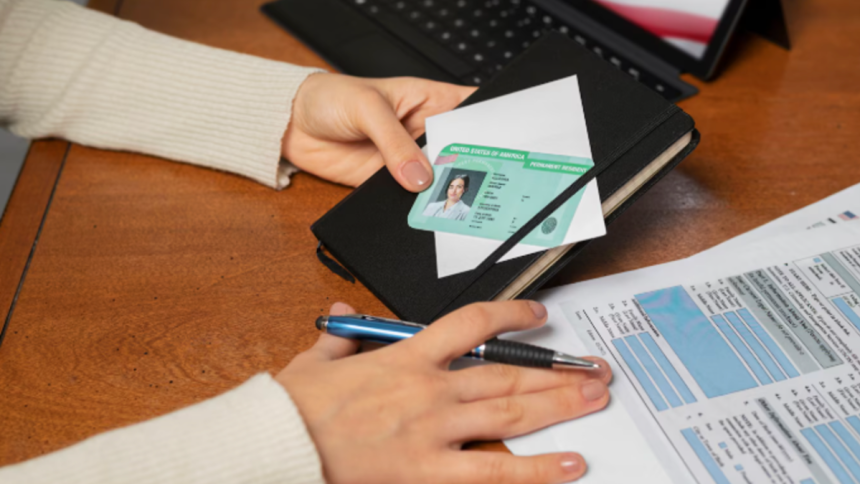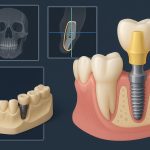Driving a commercial truck involves meeting strict legal and safety standards set by both federal and state agencies. If you are considering a career in professional driving, having a commercial driver’s license is important. Before that, it is essential to understand the types of Commercial Driver’s Licenses (CDLs) and the steps involved in obtaining and keeping one.
Whether you are transporting hazardous materials through rural counties or operating a school bus, the right CDL is a legal necessity. Every state in the US follows specific rules regarding endorsements, training, and medical certification, making it crucial for drivers to stay compliant and well-informed.
What Is a Commercial Driver’s License (CDL)?
A CDL is a special license that allows individuals to operate large or heavy vehicles that standard driver’s licenses do not cover. Because these vehicles pose a higher risk on the road, federal and state laws require specific training, testing, and qualifications. CDLs are regulated at both the federal and state levels to ensure consistency across the country while allowing each state to impose additional requirements.
The Three Types of CDLs
In the US, there are three classes of CDLs:
- Class A – This license allows drivers to operate vehicles with a combined weight (vehicle + trailer) over 26,001 pounds, with the trailer alone weighing more than 10,000 pounds. Think of semi-trucks, tractor-trailers, tankers, and flatbeds. Class A is often considered the most versatile commercial license.
- Class B – This covers single vehicles that weigh more than 26,001 pounds but with a towed trailer under 10,000 pounds. Examples include school buses, delivery trucks, and dump trucks. If you are planning on driving a heavy-duty vehicle without a detachable trailer, this is likely the license you will need.
- Class C – This is for smaller commercial vehicles not covered by Class A or B. It includes passenger vans carrying more than 16 people and vehicles transporting hazardous materials in limited quantities.
Getting Your CDL: What It Takes
Earning a CDL requires more than a quick trip to the DMV. You are required to:
1. Meet the basic requirements
You must be at least 18 years old to drive within a single state (intra-state) or 21 to drive across state lines (interstate). You also need a valid non-commercial driver’s license and a clean driving record.
2. Pass a medical examination.
A valid Medical Examiner’s Certificate is required. This exam checks for vision, hearing, cardiovascular health, and other conditions that might impair your ability to drive safely.
3. Obtain a Commercial Learner’s Permit (CLP)
Before you can take the CDL skills test, you will need a CLP. This involves passing a written knowledge test and holding the permit for at least 14 days.
4. Complete training
Federal law requires first-time applicants to complete Entry-Level Driver Training (ELDT) from a certified provider. This ensures drivers know how to operate safely under various road and cargo conditions.
5. Pass the skills and road test
Once you have met the requirements, you need to pass a skills test in a vehicle that matches the class of CDL you are applying for. This test evaluates basic vehicle control, on-road driving, and pre-trip inspections.
Using Your CDL Responsibly
Holding a CDL comes with serious responsibilities. Violations such as DUIs, excessive speeding, or leaving the scene of an accident can result in immediate disqualification. Unlike regular drivers, CDL holders are held to higher standards. Also, be aware that CDLs must be renewed periodically, and depending on your endorsements or medical status, you may need to submit documentation more frequently than typical drivers.
Conclusion
If you are serious about a career in commercial driving, getting the right license is your first step. Understanding the types of commercial driver’s licenses helps you choose the right path. With the proper training, testing, and awareness of legal obligations, you will be ready to take the wheel with confidence and safety at the forefront.
Lynn Martelli is an editor at Readability. She received her MFA in Creative Writing from Antioch University and has worked as an editor for over 10 years. Lynn has edited a wide variety of books, including fiction, non-fiction, memoirs, and more. In her free time, Lynn enjoys reading, writing, and spending time with her family and friends.















